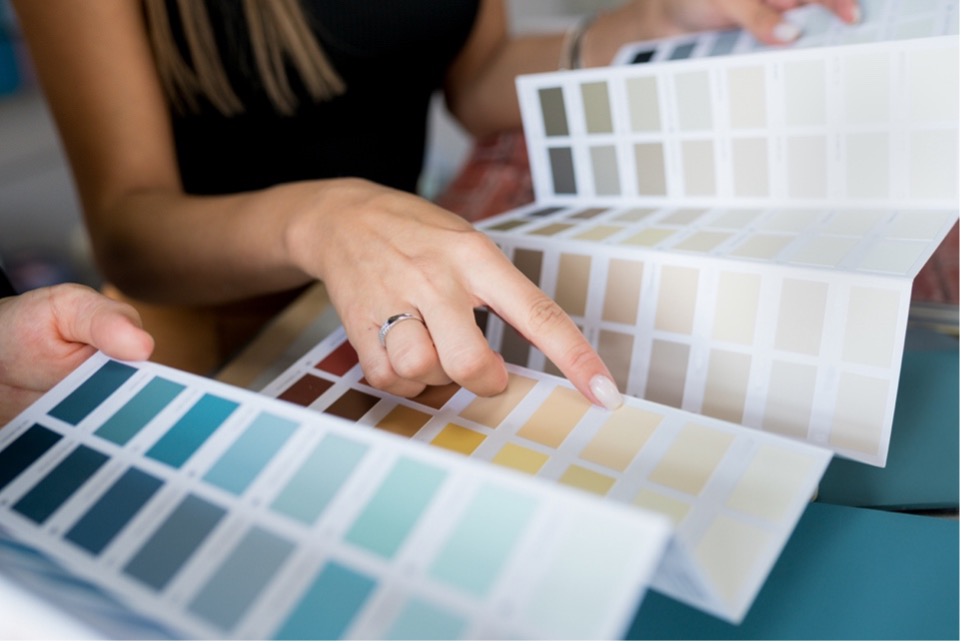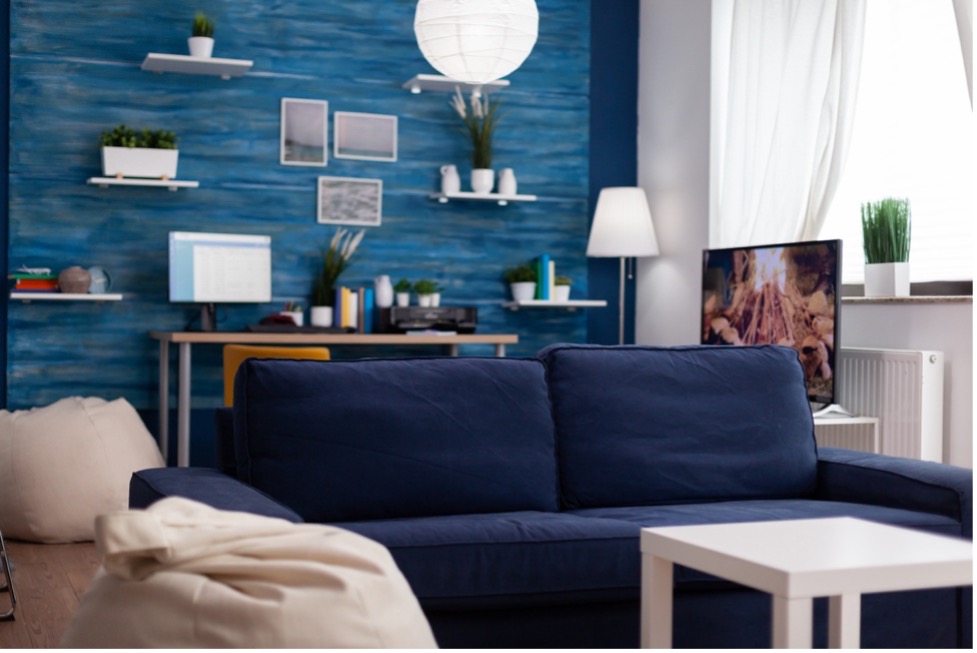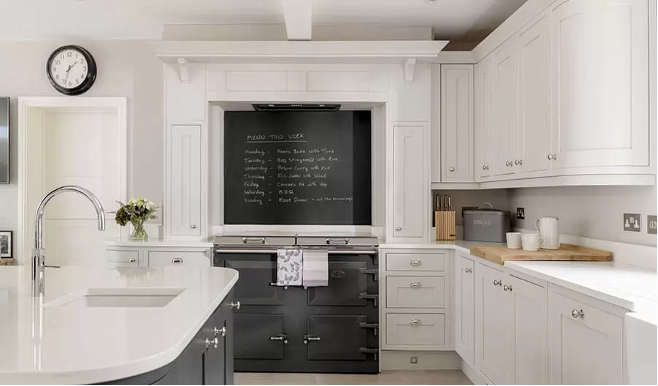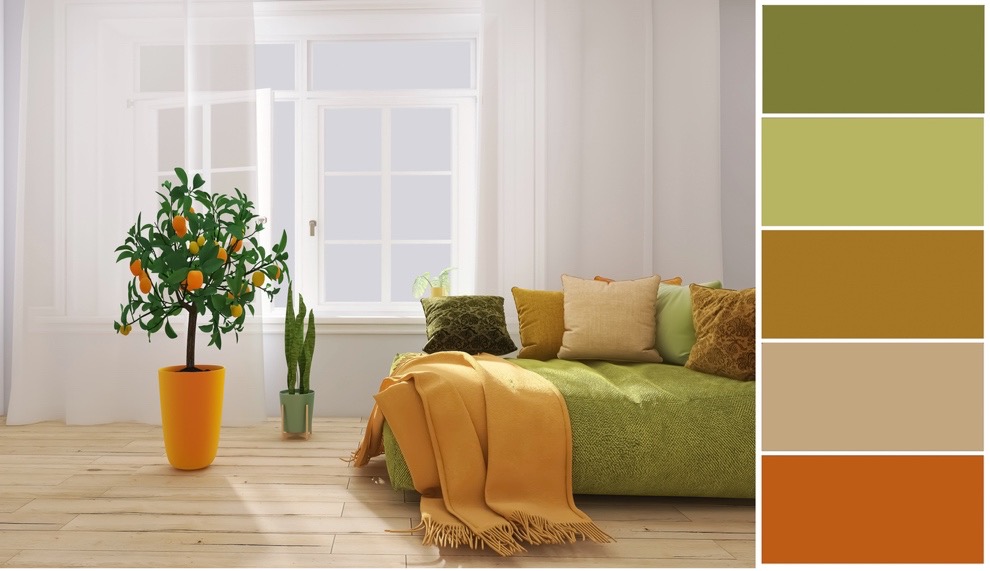When you plan to renovate your home, one of the most important tasks is choosing the right colour palette, along with the best materials and desired style. Colour is much more than just an aesthetic preference, and how you use it can entirely shape the atmosphere and functionality of a living space, making it cosy and calming or more spacious and energising. This is what makes colour selection in home design such a powerful tool to enhance any creative environment!
In this blog, we will use our extensive experience in interior design to discuss and understand colour psychology, its impact and influence, and how it helps homeowners create spaces that match their personalities and meet both their emotional and practical needs.

As we said, colours have a huge impact on room ambience, so it's incredibly important to understand what mood you're going after and what colours to choose to achieve it. The choice is usually between warm shades as opposed to cool nuances.
Warm colours include red, pink, orange, yellow, and all their variants on the colour spectrum. These vibrant, lively tones are known for their energetic effects. In home interior design, they are used to make living spaces more welcoming, intimate, and inviting. They especially shine when picked to enhance living rooms and dining areas, places that communicate warm feelings, such as relaxation, comfort, and belonging. For example:
Then, we have the cool colour spectrum: blue, green, and purple. These shades tend to have a more calming and relaxing effect, which is why you can find them often in healthcare facilities. In homes, they are the preferred choice for private spaces like bathrooms and bedrooms. Blue, for instance, is associated with tranquillity and restfulness and is often used in these two rooms. Green, the colour of nature, is seen as soothing and creates a balanced atmosphere, making it suitable for bedrooms, living rooms, and home offices. Purple, especially in its lighter hues like lavender and tropical indigo, can bring a serene and luxurious feel, ideal for creating a peaceful retreat in bedrooms or reading corners.

Now that we've learned about warm and cool colours and their practical use in home design, we can move on to their impact on our emotions. This is much deeper than you might imagine! The influence different hues have on our behaviour can be fruitfully used to support our well-being and activities.
Let's take red as a fitting example. This incredibly bright and lively colour is often associated with passion and excitement, so having it around, whether it's clothing or furniture, subtly stimulates adrenaline production, making it both a refreshing and potentially overwhelming choice when overused. When it comes to interior design, red works well as an accent colour in spaces meant for activity and engagement but might be too intense for areas designed for relaxation.
Blue is another interesting shade to analyse. This cool hue is often linked to feelings of calm and mental clarity. Studies have shown that blue can even lower blood pressure and heart rate, promoting a sense of diffused peace. This makes it a fantastic choice for bedrooms or for home offices, where a calm environment can boost relaxation, concentration, and productivity. However, bear in mind that, just like red, too much blue is not recommended as it can sometimes feel too cold or distant; always remember to balance it with warmer accents!

Another handy benefit of choosing the right colours in your home renovation projects is the way they can change the size and shape perception of a room.
Let's start with lighter colours, which are probably the most common choices for most homes. These shades, which include whites, light greys, beiges, and pastel hues, can give the illusion of a larger, more open space, which is why they're usually used in smaller rooms with limited natural light. If your home features a compact living room, bedroom or bathroom, we recommend picking these colours to increase their space perception. Our Laura Ashley kitchen range, for instance, is a prime example of how to use these soft, bright colours to enhance your cooking space.
Turning our focus to darker tones, they do tend to make rooms smaller but also cosier. Deep, intense shades like navy blue, forest green, and charcoal grey are excellent for creating a more intimate atmosphere. This can be ideal for larger rooms that feel too open or spaces like media rooms or libraries. It's important to bear in mind that, when using dark colours, they must be balanced with lighter elements or strategically placed lighting to prevent the space from feeling too claustrophobic or gloomy.

As you may probably know, colours also have deep personal and cultural symbolism, depending on the country and customs. We find this intriguing and want to explore it briefly to offer a complete overview of our analysis.
For instance, in many Western cultures, white is associated with purity, cleanliness, and simplicity, making it the go-to choice for those who love minimalism. However, in some Eastern cultures, white expresses mourning and death, which might make it a less appealing option for home decor. Similarly, while red is seen as a colour of luck, joy and prosperity in Chinese culture, it can be perceived as aggressive or alarming in other contexts.
In general, some individuals consider blue a nostalgic colour and black a colour linked to death and grim feelings, which is why many wouldn't choose these hues for their living spaces. In light of this, we say that understanding these personal and cultural aspects can help with selecting colours that not only look good but also feel right from an emotional standpoint.

So, it's safe to say that, as we said initially, colours are not just an aesthetic preference! That's why it's important to use colour psychology's principles right so that you can elevate your home design and transform your living spaces. Here are our tips as interior design specialists.
If you’re ready to take your home’s interior design to a whole new level, our experienced team is here to help you. From kitchen design to bathrooms and bedrooms, at Panararmer, we strive to offer the best customer experience. Visit our showrooms in person if you need any inspiration or advice to give your home a makeover, or contact us today to see how we can implement the right colour palette in your living space!